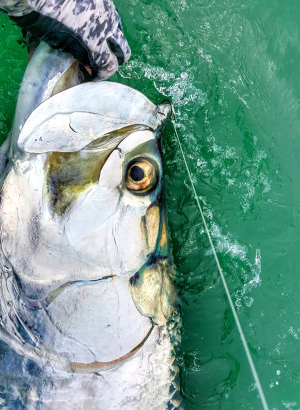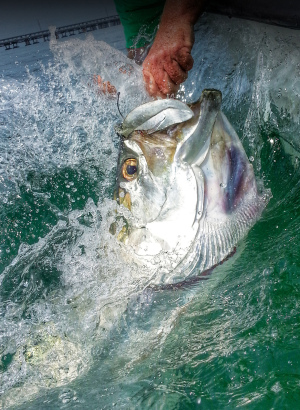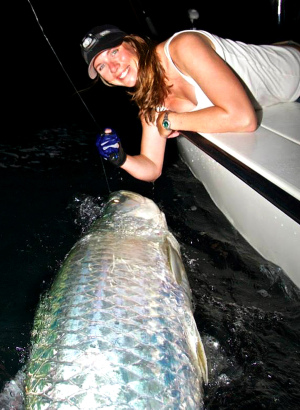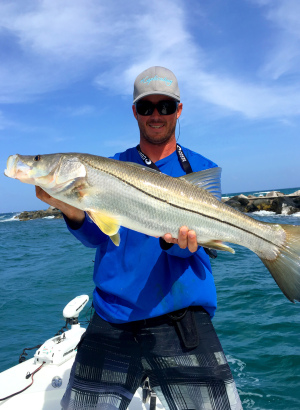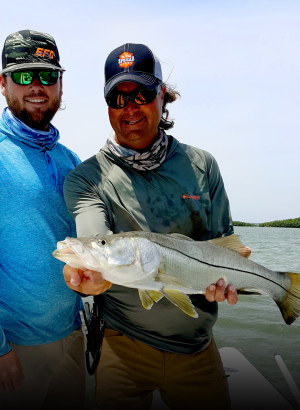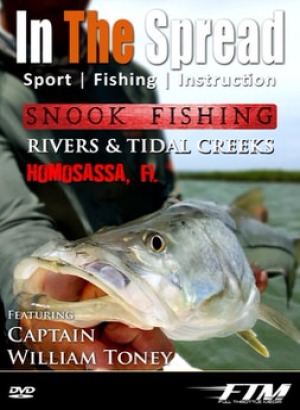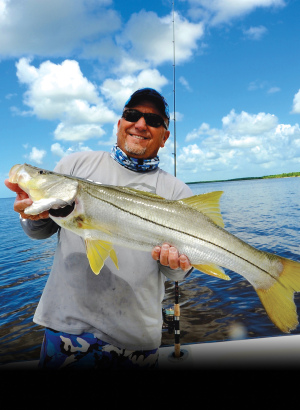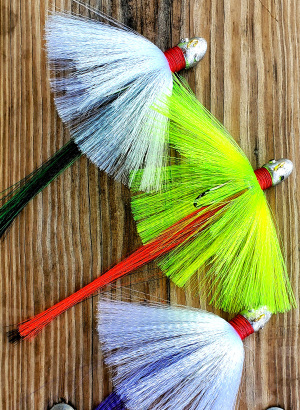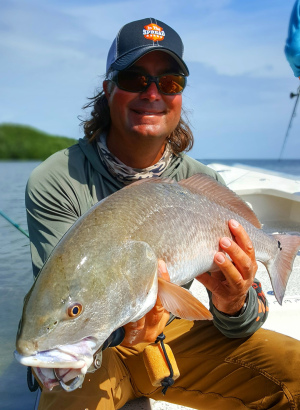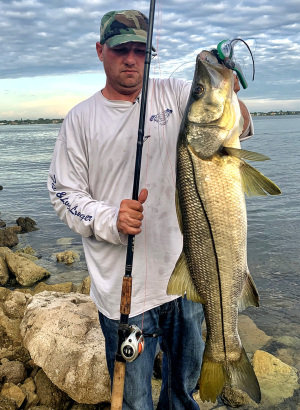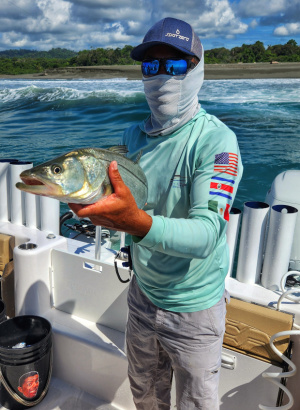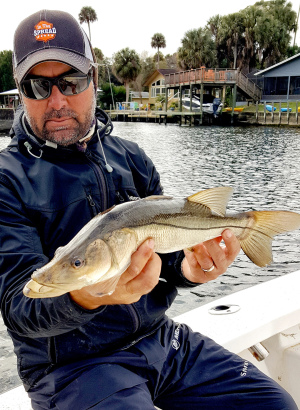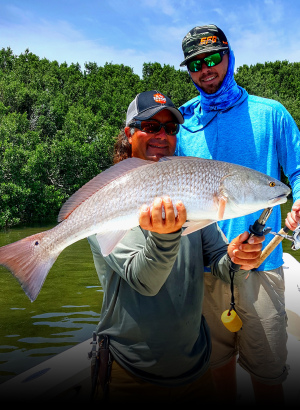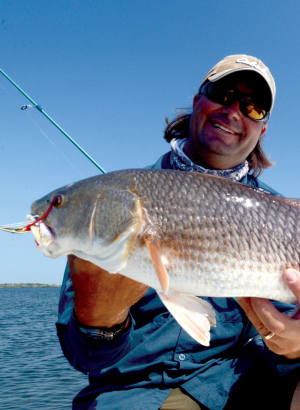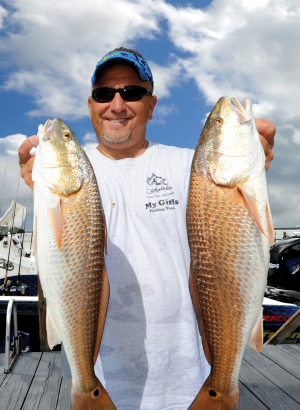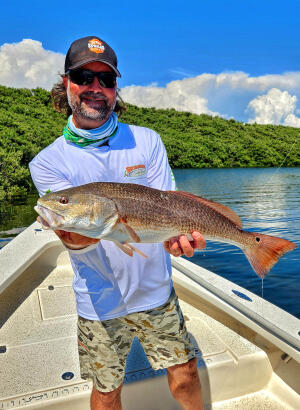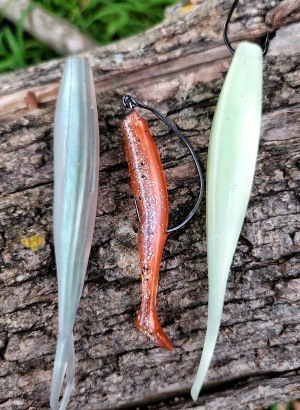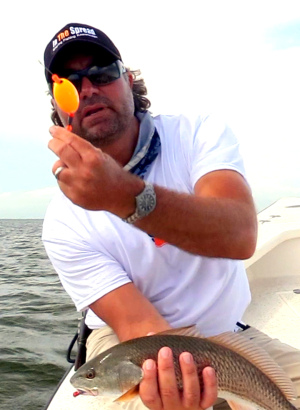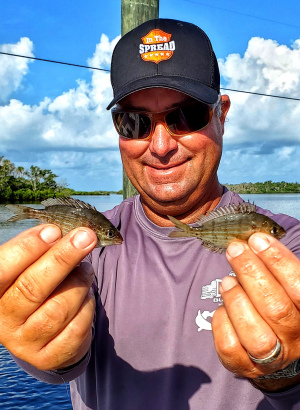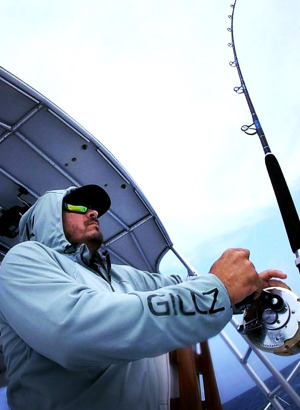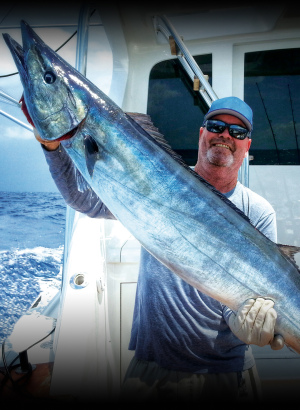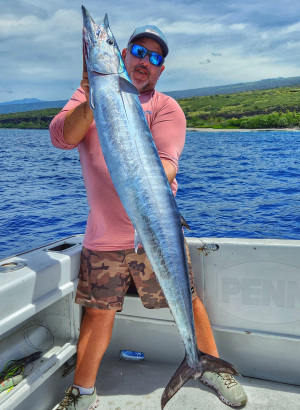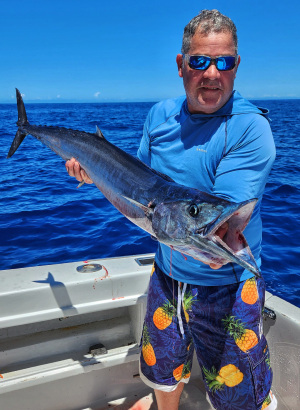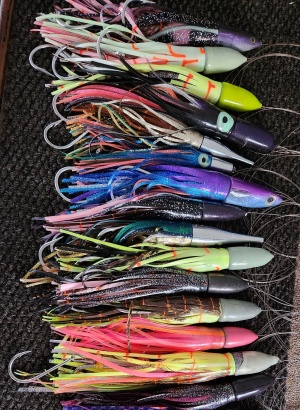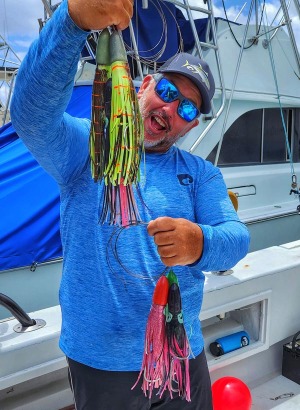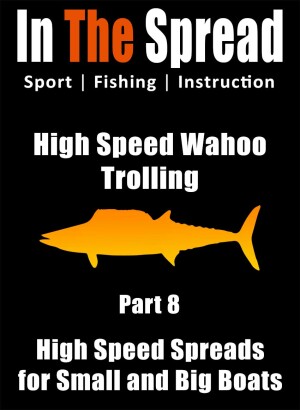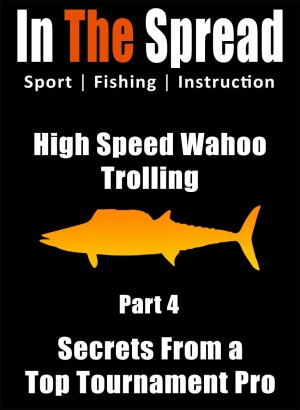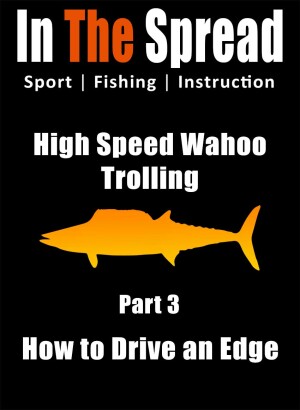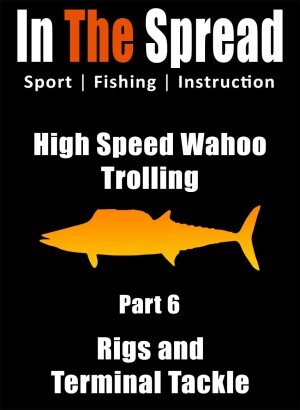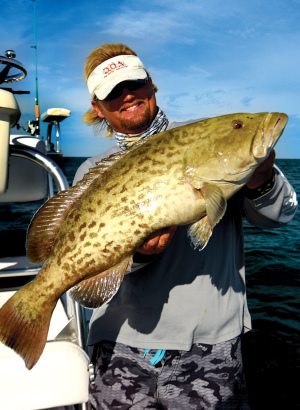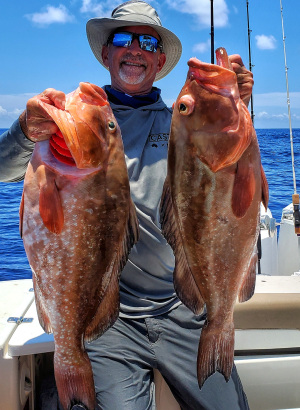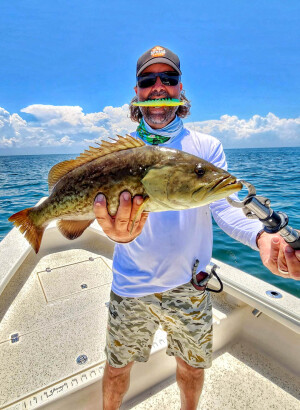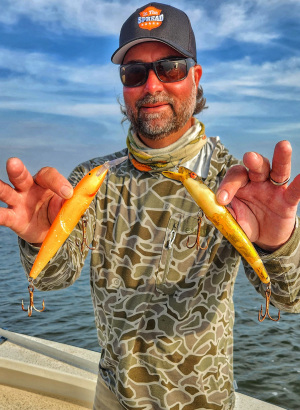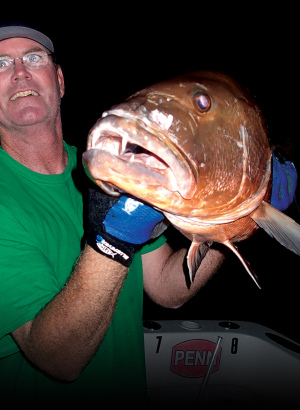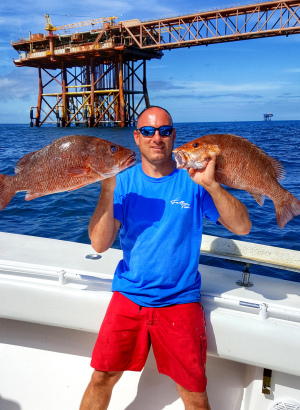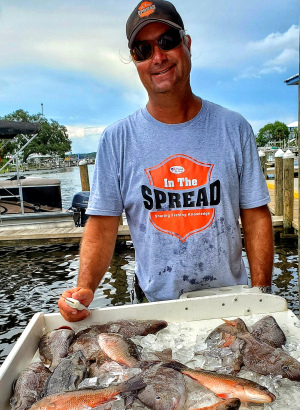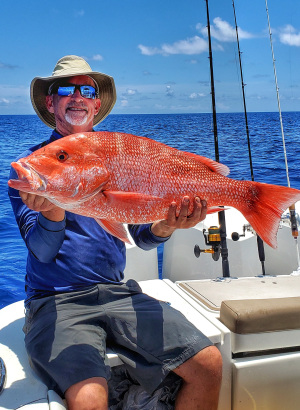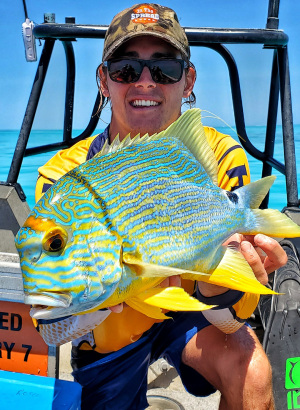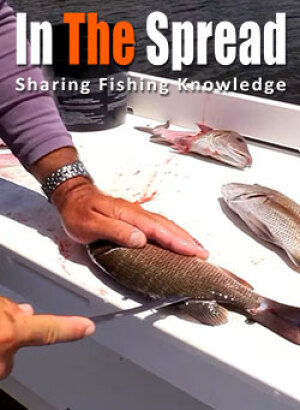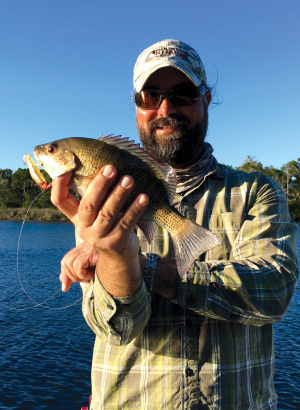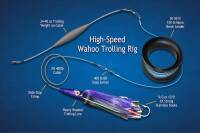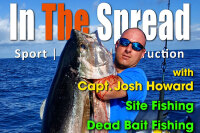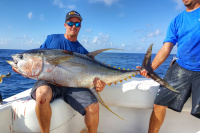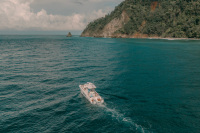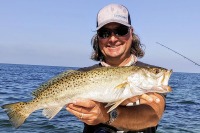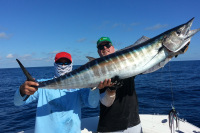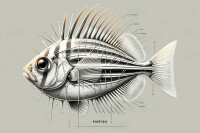Florida's saltwater fish offer unparalleled diversity for anglers, from the acrobatic tarpon and speedy wahoo to the powerful snook and elusive permit. The state's unique coastal ecosystems—mangroves, reefs, flats, and Gulf Stream—create perfect habitats for over 70 game species that draw fishing enthusiasts year-round.
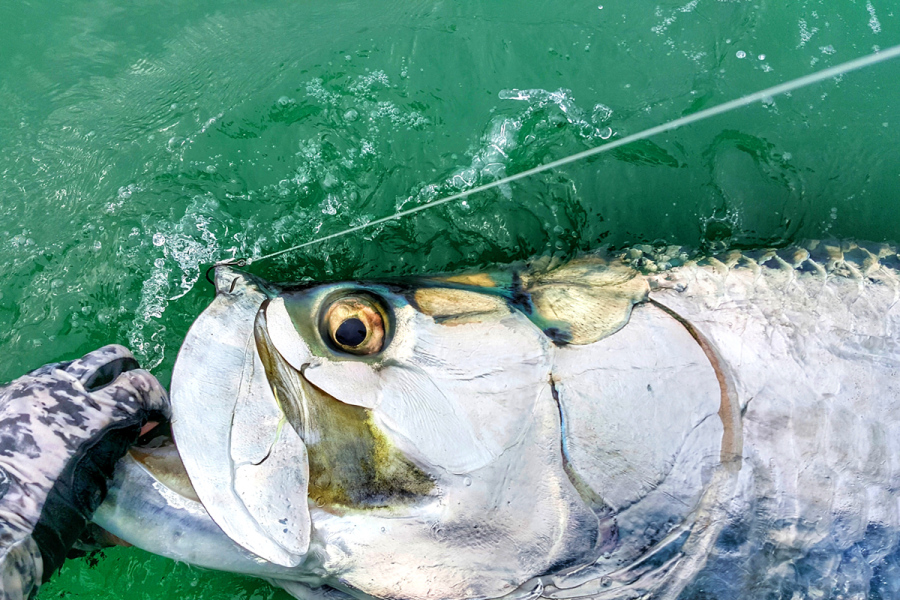
Florida Saltwater Fish
Angler's Guide to Florida Saltwater Game Fish
Florida stands as a unique marine paradise, boasting an extraordinary range of coastal ecosystems that support one of the most diverse saltwater fisheries in the world. The state is defined by its remarkable variety of aquatic environments, from the vibrant coral reefs of the Keys to the sprawling grass flats of Tampa Bay, the labyrinthine mangrove forests of the Everglades, and the powerful blue waters of the Gulf Stream. This remarkable habitat diversity creates ideal conditions for over 70 recognized species of saltwater fish, each adapted to specific environmental niches with varying water temperatures, salinity levels, and food sources.
Angling Significance
Florida has rightfully earned its reputation as a global hotspot for saltwater fishing. The state's extensive coastline—spanning over 1,300 miles and surrounded by both the Atlantic Ocean and the Gulf of Mexico—provides year-round fishing opportunities for anglers of all skill levels. From the thrill of battling acrobatic tarpon in the shallows to the challenge of landing speedy offshore predators like wahoo, Florida offers an unmatched diversity of fishing experiences. This abundance has established the state as a premier fishing destination, supporting a thriving recreational fishing industry that contributes billions to Florida's economy and shapes its cultural identity.
Iconic Game Fish of Florida
Tarpon
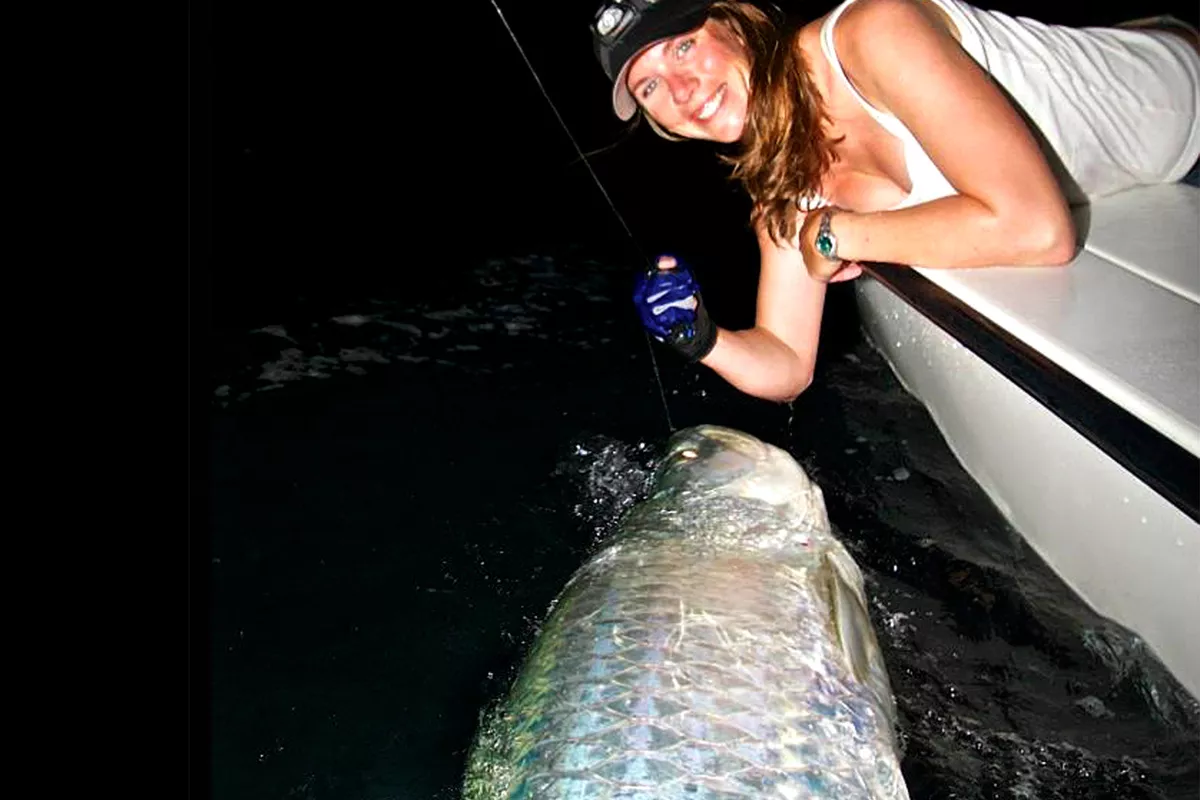
Habitat: Known as the "silver king of sportfish," tarpon inhabit a variety of environments throughout Florida's waters, showcasing their remarkable adaptability. These prehistoric fish thrive in coastal waters, particularly in the protection of estuaries where fresh and saltwater mix. They're commonly found around bridges, channel edges, and harbors, where tidal movements concentrate baitfish. Tarpon are unique in their ability to tolerate varying salinity levels, allowing them to move between coastal and inland areas with ease.
Behavior: What sets tarpon apart is their spectacular acrobatic displays when hooked. These fish are famous for their gravity-defying jumps and powerful runs that test even the most experienced anglers. Their remarkable air-breathing swim bladder functions like a primitive lung, enabling them to survive in oxygen-poor waters by gulping air at the surface—a fascinating adaptation that hints at their ancient lineage dating back 100 million years.
Sailfish
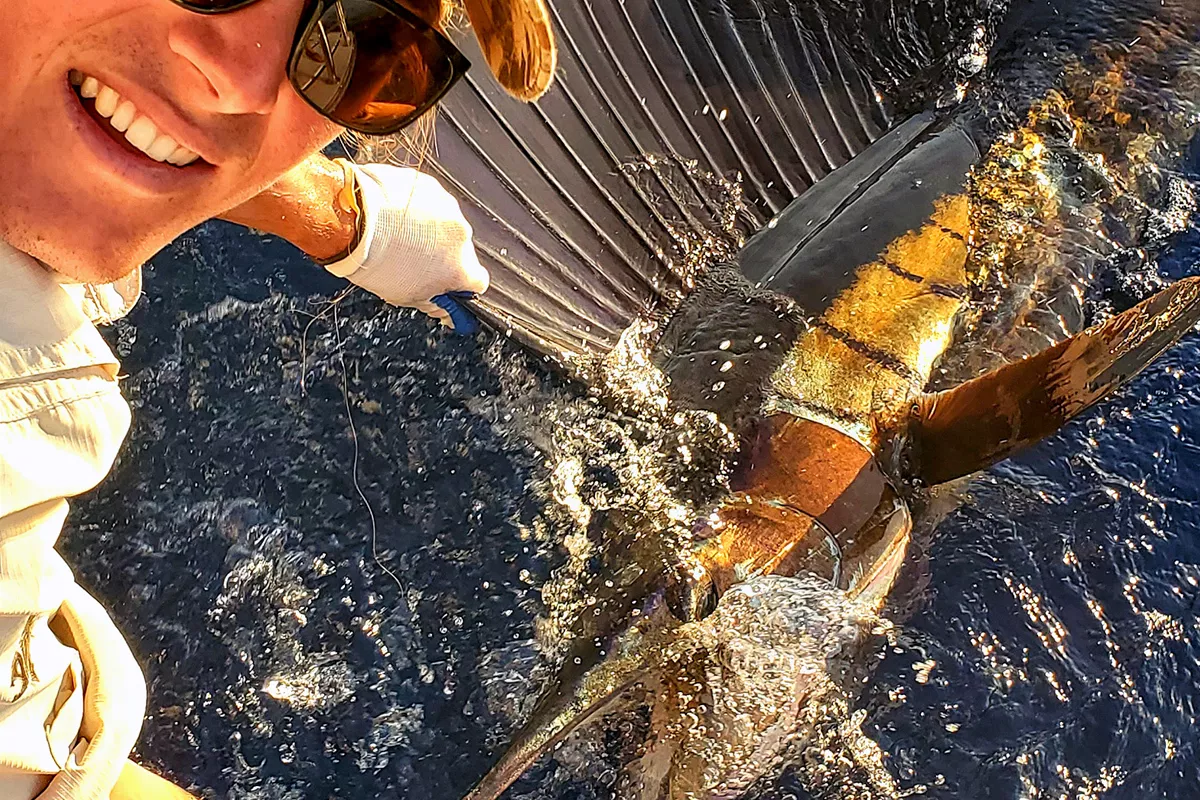
Habitat: Florida's official state saltwater fish, the sailfish is a pelagic species primarily found in offshore and Gulf Stream waters. These majestic fish prefer the deep blue waters where currents create temperature breaks and upwellings that concentrate baitfish. Sailfish are typically found near the edge of the continental shelf, often traveling along the Gulf Stream current that flows along Florida's Atlantic coast.
Behavior: Sailfish are renowned for their stunning aerial displays and lightning-fast runs. When hooked, they put on spectacular shows, leaping and tail-walking across the water's surface. Their most distinctive feature—the tall, sail-like dorsal fin—can be raised to appear larger when hunting or lowered for high-speed pursuits. These fish are among the fastest in the ocean, capable of bursts exceeding 60 mph. Sailfish often travel alone or in small groups, using their speed and teamwork to corral baitfish into tight balls for easier feeding.
Snook
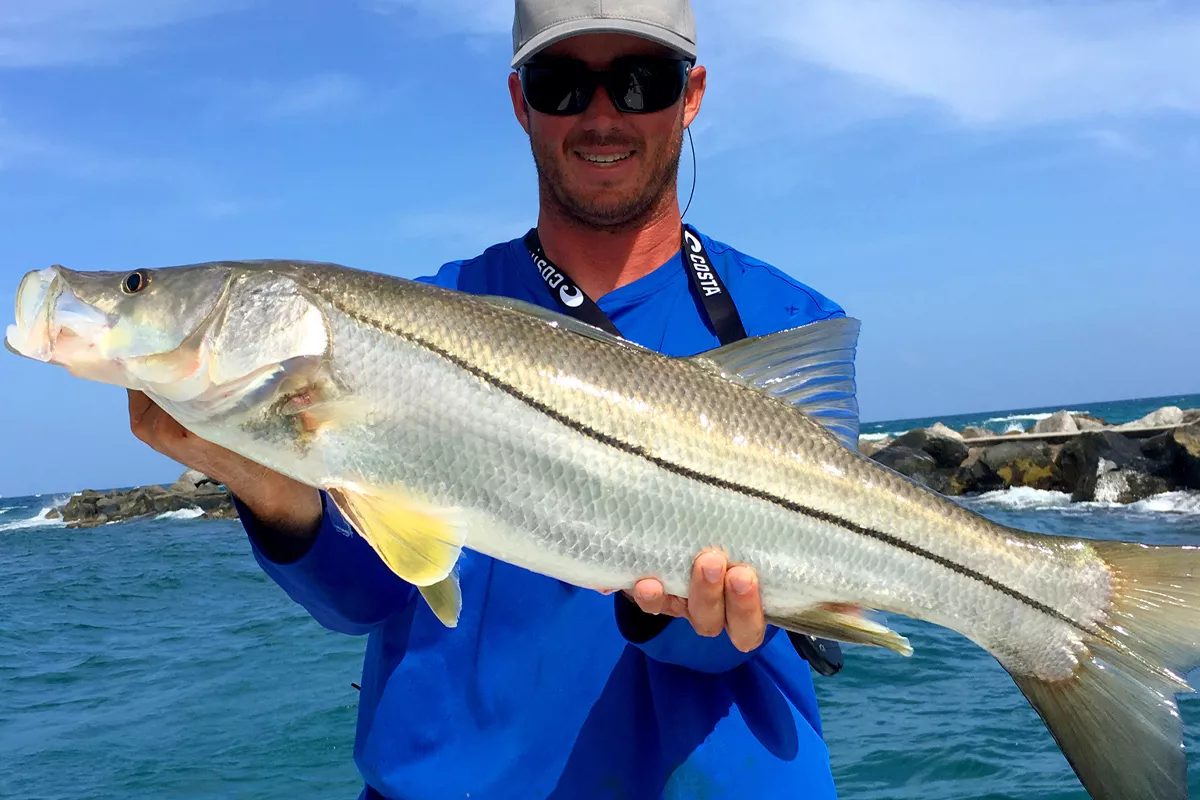
Habitat: Snook are the quintessential Florida inshore game fish, thriving in the state's extensive mangrove systems, coastal inlets, and brackish waters. These adaptable predators move seamlessly between fresh and saltwater environments, often found lurking around mangrove roots, dock pilings, bridge structures, and beach troughs. During warmer months, they may venture into freshwater rivers and creeks, while winter finds them seeking temperature stability in deeper water areas.
Behavior: Snook are highly sensitive to temperature changes, requiring water above 60°F to maintain activity, with any colder conditions potentially proving fatal. Their predatory strategy revolves around ambush tactics—positioning themselves along structures, edges, and current breaks to surprise passing baitfish. When hooked, snook display tremendous power, often making strong initial runs toward structure in attempts to break free. Their distinctive lateral line and pronounced underbite make them easily recognizable to anglers.
Red Drum (Redfish)
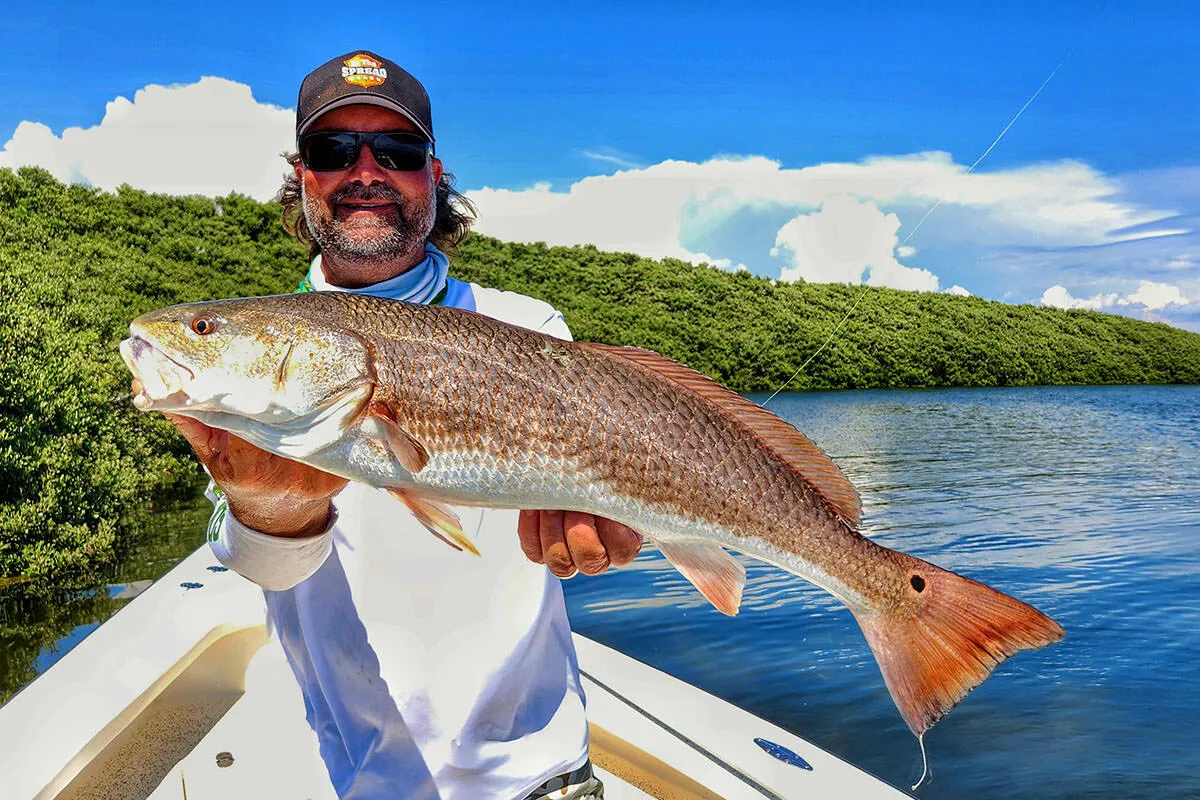
Habitat: Red drum, commonly known as redfish, thrive in Florida's shallow coastal waters, particularly favoring grass flats, oyster bars, and marshy edges. These adaptable fish can be found in both saltwater and brackish environments, moving between different habitat types based on tides, seasons, and life stages. Juvenile redfish often inhabit protected backwaters, while larger adults may venture into deeper nearshore waters, especially in winter months.
Behavior: One of the most distinctive behaviors of redfish is their tendency to "tail" in shallow water—tipping head-down while feeding on bottom-dwelling organisms, causing their tail to break the surface. This unique feeding display makes them a favorite target for sight-fishing enthusiasts. Redfish commonly school together, particularly as juveniles and during spawning, when they form large aggregations. Their copper-bronze coloration and characteristic black spot near the tail (sometimes multiple spots) make them easily identifiable.
Wahoo
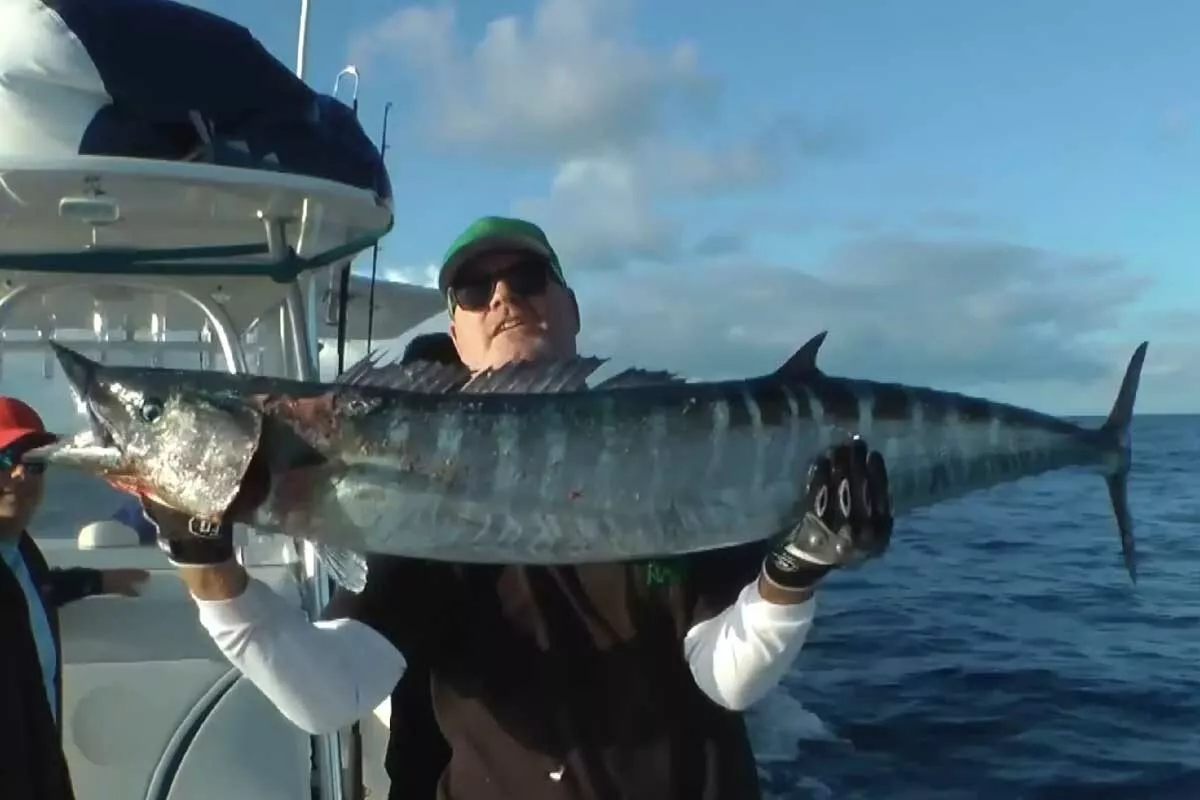
Habitat: Wahoo are true deepwater pelagic predators, primarily inhabiting the clear blue offshore waters of the Gulf Stream and beyond. These streamlined speedsters prefer open ocean environments with structures like deep ledges, underwater mountains, and wrecks that create current breaks where baitfish congregate. Typically found in waters 100 feet deep or more, wahoo tend to stay within the upper water column, especially near temperature breaks where warm and cool waters meet.
Behavior: Wahoo are among the fastest fish in the sea, capable of explosive bursts exceeding 60 mph. Their hunting strategy relies on this blistering speed, allowing them to overtake prey with sudden, violent charges. Their razor-sharp teeth and powerful jaws make them formidable predators capable of slicing through large baits. When hooked, wahoo are known for their initial screaming runs that can strip hundreds of yards of line in seconds, followed by sudden directional changes that challenge even experienced anglers.
Florida Reef & Bottom Fish
Grouper
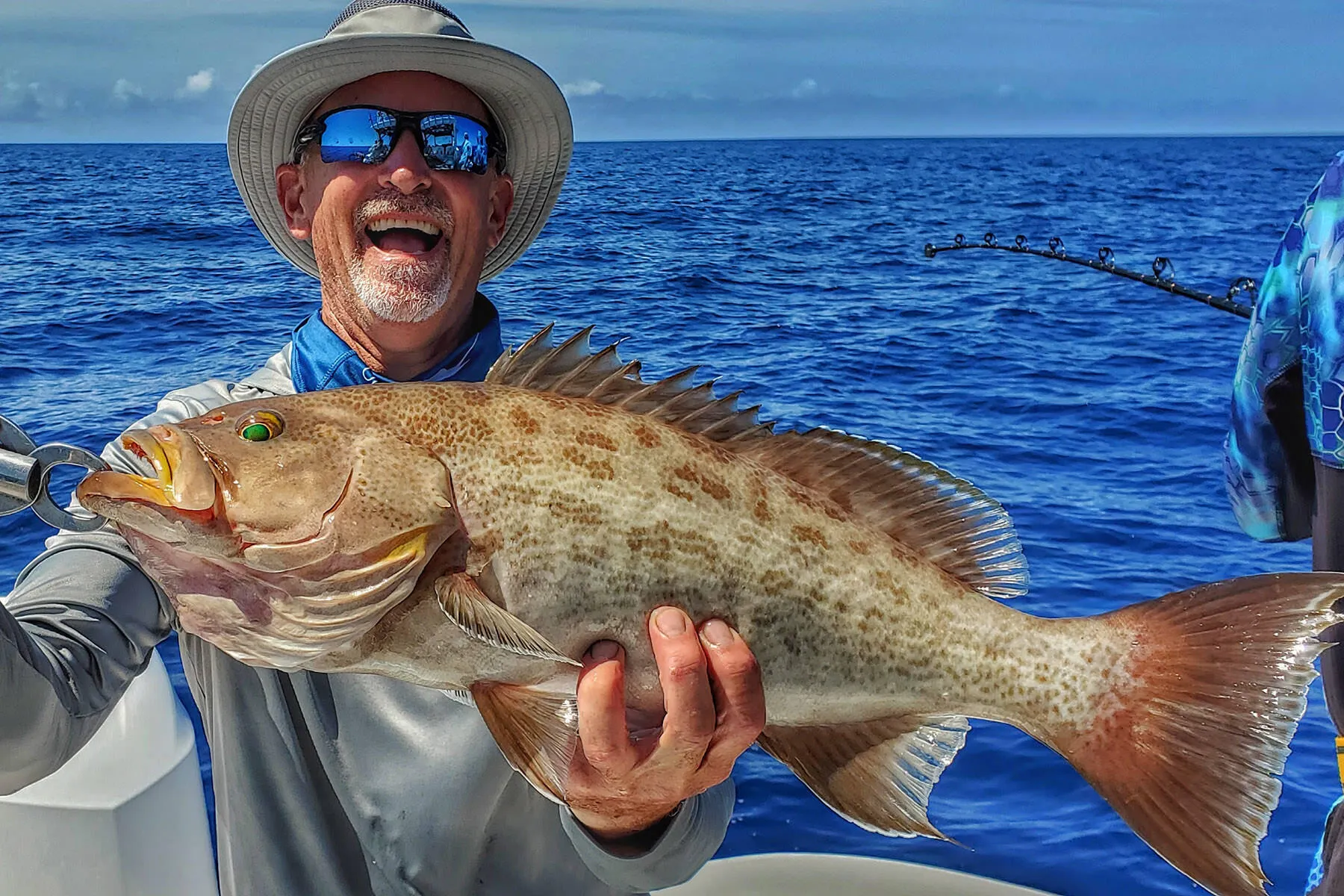
Key Species: Florida's waters host several prized grouper species, each with unique characteristics.
- Red grouper, known for their mild flavor and firm texture, are abundant in the Gulf of Mexico, preferring rocky bottom habitats.
- Gag grouper (sometimes called "grey grouper") favor reefs and drop-offs, typically weighing between 5 and 20 pounds, and are highly sought after for their taste.
- Black grouper, found in both the Atlantic and Gulf, are powerful fighters capable of growing to impressive sizes exceeding 100 pounds.
- The massive Goliath grouper, which can reach 8 feet in length and weigh over 800 pounds, are now protected and available only for catch-and-release. Scamp grouper, while smaller, are prized for their delicate flavor considered a delicacy among seafood enthusiasts.
Habitat: Groupers are classic structure-oriented fish, gravitating toward rocky reefs, underwater ledges, artificial reefs, and shipwrecks. These ambush predators prefer environments with abundant hiding spots and crevices, typically at depths ranging from 60 to over 1,000 feet. Younger grouper may inhabit shallower nearshore reefs, while larger specimens generally move to deeper offshore structures. Many grouper species exhibit site fidelity, returning to the same structures repeatedly, which helps anglers pattern their movements.
Snapper
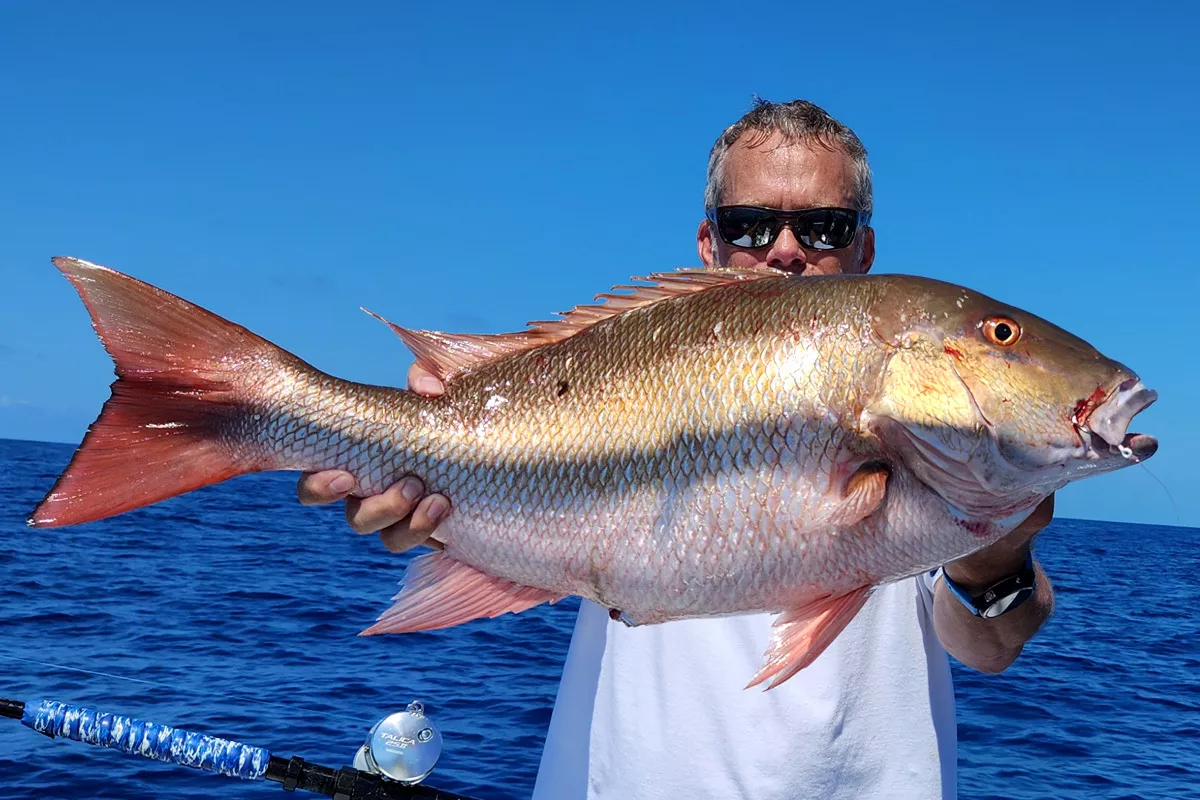
Key Species: Florida's waters boast several valuable snapper species.
- Red snapper, capable of reaching 50 pounds, are prized catches found in deeper offshore waters, particularly in the northern part of the state.
- Mangrove snapper (also called gray snapper) frequent mangrove areas and structures throughout Florida in both inshore and offshore waters.
- Yellowtail snapper, recognizable by their bright yellow tails, are abundant in the Florida Keys and offer excellent light-tackle action.
- Mutton snapper, common in South Florida, are known for their strong fighting ability and can be found in both shallow and deep waters.
- Lane snapper, though smaller, are popular for family fishing trips due to their ease of catching and excellent flavor.
Habitat: Snapper species are highly structure-oriented, with each preferring specific environmental niches. Red snapper typically inhabit offshore reefs and structures at depths ranging from 60 to 440 feet. Mangrove snapper, true to their name, are often found around mangrove shorelines, bridges, and nearshore reefs. Yellowtail snapper prefer clear water environments around coral reefs and rocky structures. Mutton snapper can be found in various habitats from shallow flats to deeper reefs, while lane snapper typically inhabit nearshore reefs and hard bottom areas.
Specialized Catches
Bonefish & Permit
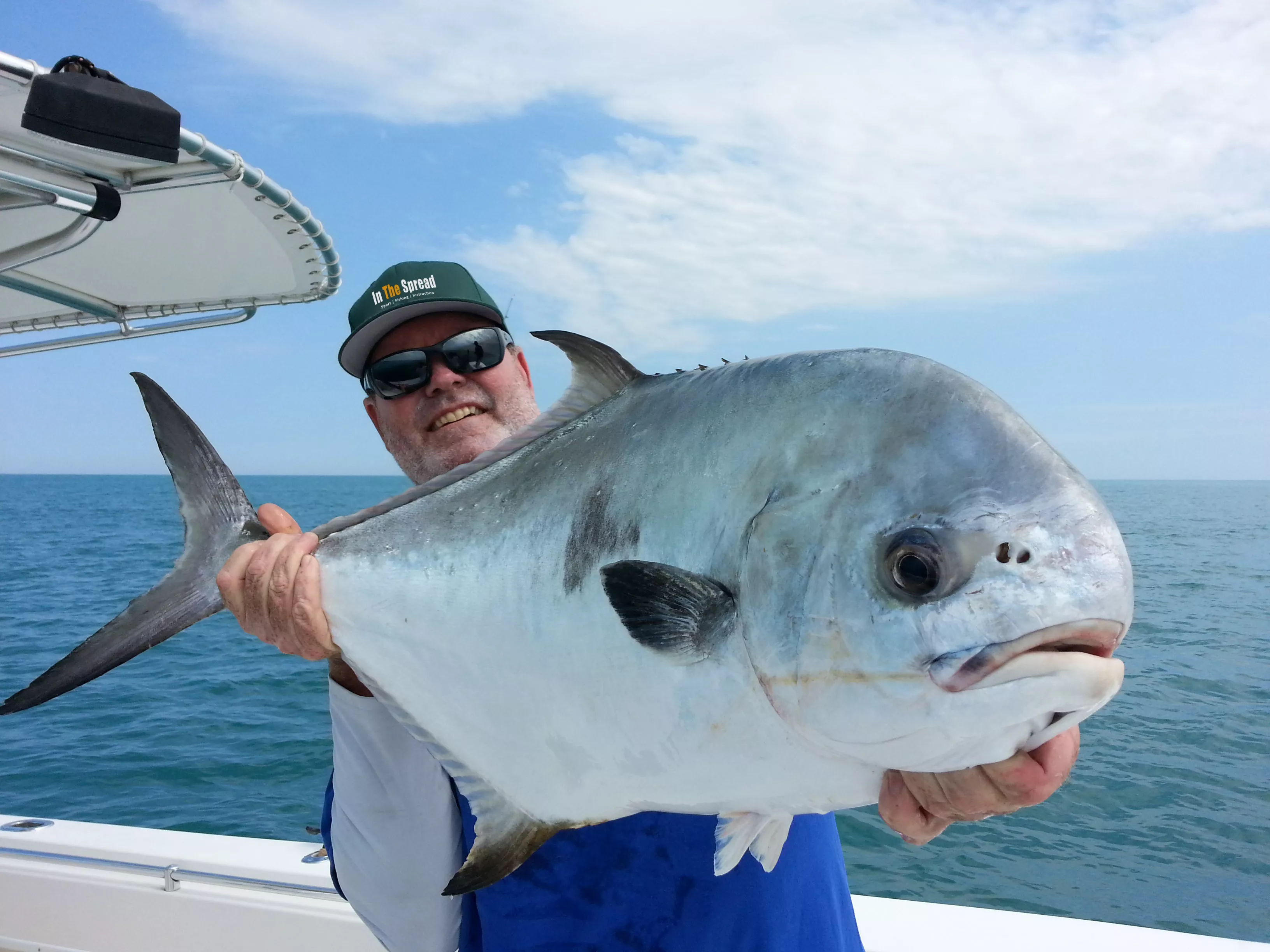
Habitat: These highly sought-after flats species inhabit some of Florida's most pristine shallow water environments. Bonefish prefer clear, sandy flats with scattered grass patches, often in water as shallow as one foot deep. They're frequently found tailing—feeding with their tails breaking the surface—during falling tides over light-colored sandy bottoms. Permit, while sometimes sharing the same flats as bonefish, also frequent deeper channels, bridge pilings, and offshore wrecks, especially as they mature. Both species are extremely wary and have keen eyesight, making them challenging quarry even for experienced anglers.
Cobia
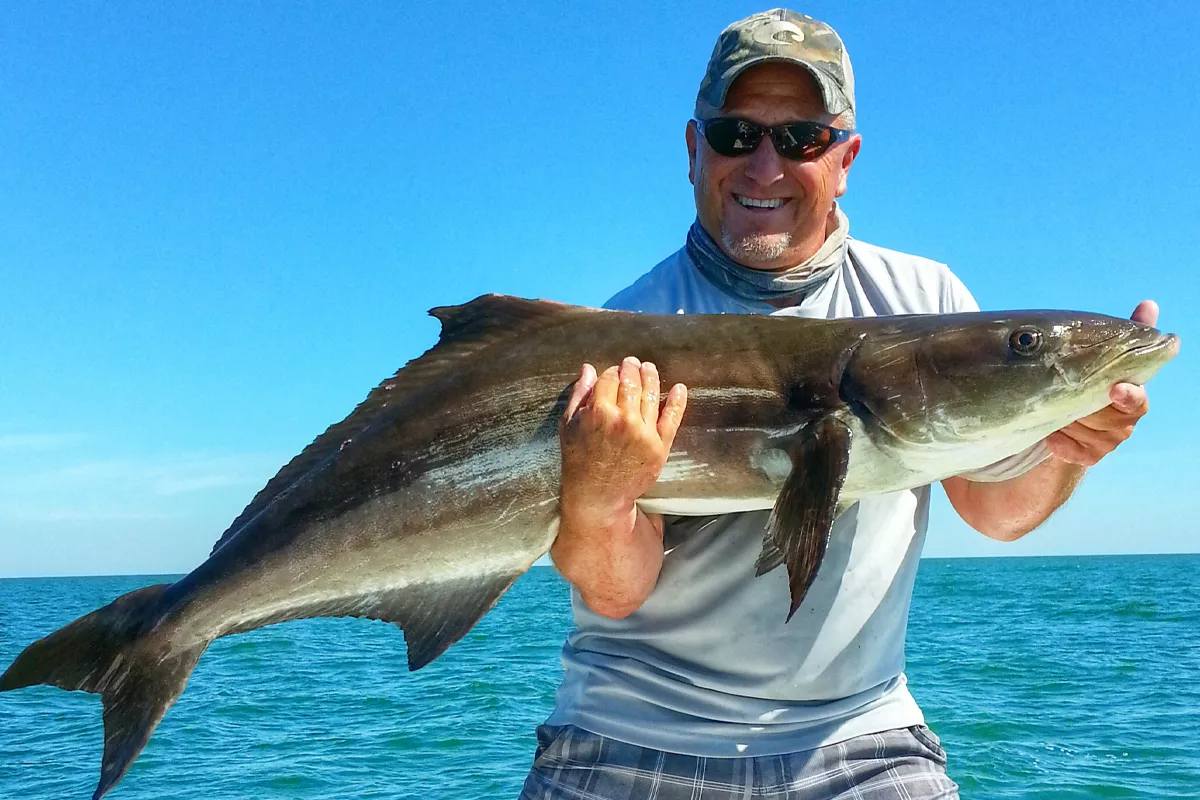
Habitat: Cobia are migratory fish that can be found in both nearshore and offshore waters, though they show a distinct preference for structure. They're often spotted around navigational buoys, channel markers, floating debris, and even large marine animals like manta rays, sea turtles, and sharks. This association with larger marine life gives cobia their nickname "crab eaters" or "ling" in some regions. During warmer months, cobia move into shallower coastal waters and bays, while cooler seasons find them retreating to deeper offshore habitats. They are particularly drawn to artificial reefs, oil platforms, and wrecks that provide both shelter and concentrated food sources.
Final Thoughts
Florida's Fishing Legacy
Florida's saltwater fishery represents an unparalleled treasure in America's natural heritage. From the acrobatic tarpon of Boca Grande to the speeding wahoo off Key West, from the tailing redfish in Mosquito Lagoon to the deep-dwelling grouper along the Gulf Coast, Florida offers a diversity of species and fishing experiences unmatched anywhere else in the continental United States. This remarkable variety of gamefish—each with unique behaviors, habitats, and angling challenges—has established Florida as the undisputed "Fishing Capital of the World." The state's fishing legacy is built not just on the abundance of its waters, but on the accessibility of premier fishing opportunities to anglers of all skill levels and preferences, whether they seek shallow-water sight fishing, deep-sea battles, or anything in between.
As Florida continues to grow and develop, the balance between recreational enjoyment and conservation becomes increasingly critical. Successful management practices have already helped recover several once-threatened species like redfish and snook. Strategic catch limits, seasonal closures, and habitat restoration projects demonstrate how thoughtful conservation can preserve fishing opportunities while protecting fish populations. Initiatives to restore the Everglades, improve water quality in coastal estuaries, and expand artificial reef programs show promising directions for the future. The growing popularity of catch-and-release practices, particularly for premier game species, reflects an evolving angler ethic that values sustainability. Florida's fishing future depends on maintaining this delicate balance—allowing anglers to experience the thrill of the catch while ensuring these magnificent fish remain abundant for generations to come. Seth Horne In The Spread, Chief Creator
Login
to leave a review.
User Reviews
There are no reviews yet.Complete Dredge Pulley Setup Guid
Saltwater
12.28.2020
High Speed Wahoo Trolling Rig
Saltwater
09.07.2018
Best Bait for Wahoo
Saltwater
12.30.2023
Pinfish - A Comprehensive Guide
Saltwater
11.10.2023
0

